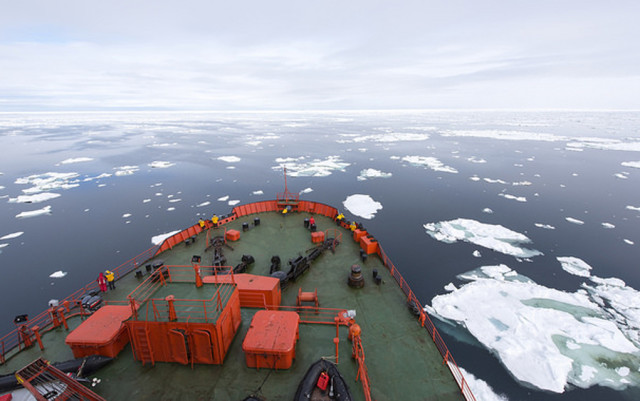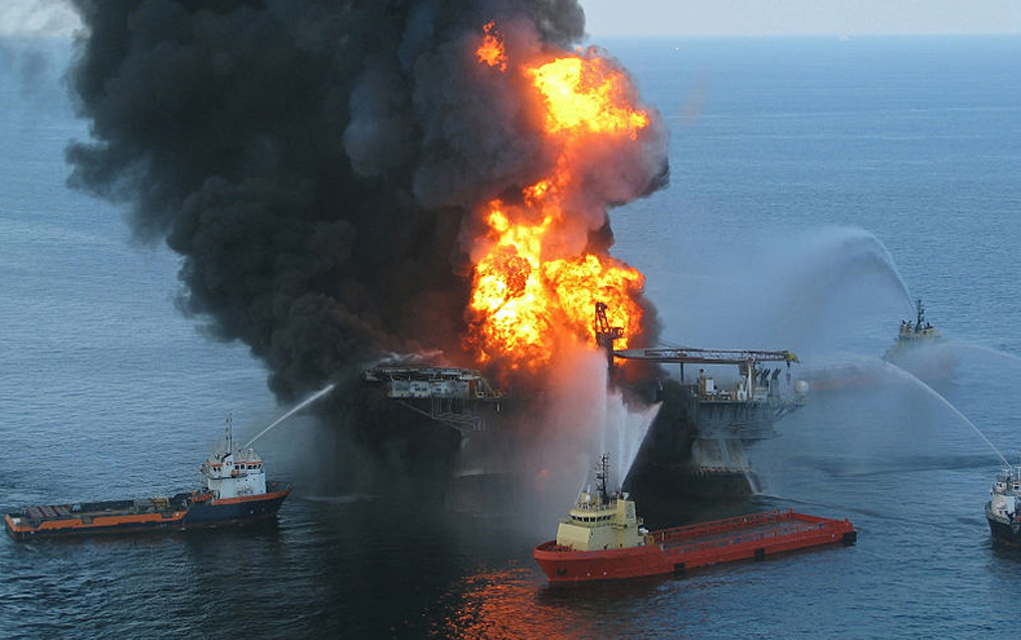
Climate change shifts Earth’s geographic pole
Scientists have known for decades the impacts of global warming — from changes in weather patterns to drastic sea level rise. But a new study has added one more massive change to the list: human-caused climate change has also caused the geographic location of the poles to move several centimeters per year.
Scientists know the geographic and magnetic poles don’t line up exactly, and both poles wobble and change over time. But as they studied information about Earth’s gravity from satellites, they found the geographic North Pole has shifted faster than ever since 2000. And researchers have determined it has been progressively moving toward the Prime Meridian at an average of 10 centimeters per year since the year 2000.
The researchers attribute this shift to the rapidly melting mass of ice around the poles, which has redistributed its weight from the top of the world. That mass of melted water has sloshed from the poles to other places on Earth, changing how the planet spins on its axis and causing that axis to wobble. They also attribute the shift to continental water loss due to evaporation from higher temperatures and decreasing groundwater supplies due to population growth. “What we have shown is that melting ice and a pattern of continental water storage are combining to cause a dramatic shift in the direction of the pole,” Surendra Adhikari, an Earth scientist at NASA’s Jet Propulsion Laboratory, recently told National Geographic.
Although the research doesn’t warrant a complete recalculation of the geographic pole just yet, future generations might have to do just that.
—Avery McGaha

Deepwater Horizon spill still has devastating effects
Multiple recent reports indicate that the explosion, sinking and subsequent oil spill of the Deepwater Horizon oil rig — the worst such spill in U.S. history that occurred six years ago — is still having major consequences today.
According to U.S. News and World Report, dolphins in the Gulf of Mexico have become far more susceptible to birth defects and late-term pregnancy failures. More than 1,400 dead dolphins and whales have washed ashore in the Gulf since the spill, far higher than the pre-spill average of fewer than five per month. Their injuries include massive damage to their lungs and adrenal glands, which is indicative of exposure to petroleum.
Furthermore, the Tampa Tribune reported that researchers from the University of South Florida discovered that 68,000 square miles of the Gulf of Mexico’s sea floor — 10 percent of its total area — is covered in oil from the Deepwater Horizon. The researchers also examined another oil spill from 1979, and discovered oil buried under four inches of sediment on the sea floor, which suggests that the Deepwater Horizon oil could have similar staying power.
Finally, according to National Geographic, the National Oceanic and Atmospheric Administration found oil along 1,313 miles of shoreline, making it the worst oil spill in history by that measure. British Petroleum, the company that operated the Deepwater Horizon, agreed to pay a $20.8 billion settlement for the spill, the largest penalty for pollution in U.S. history. Despite that, 30 percent of the spilled oil is still unaccounted for.
— Tommy Wood














